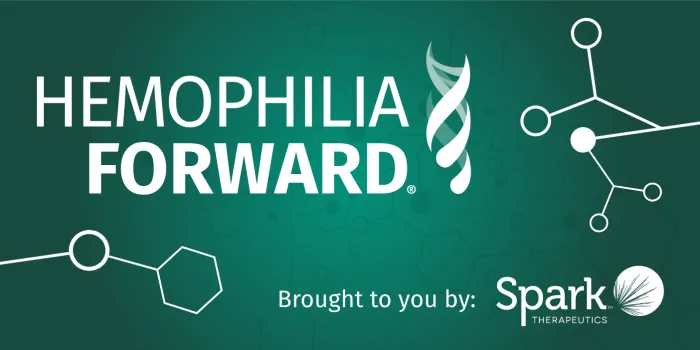Gene therapy continues to be an innovative and evolving area of scientific research. It includes the development of different ways to modify genes, create new functional genes, and deliver those genes to a specific cell. Ongoing research and clinical trials aim to improve our understanding of the potential of gene therapy for many genetic conditions. Currently, there are FDA-approved adeno-associated viral (AAV) vector-based gene therapies on the market.
Learn more about AAV gene therapy for hemophilia below, but let’s first start with the basics.
Watch an animation about investigational gene therapy
What is investigational gene therapy meant to do?
Here’s a step-by-step overview:
The overall goal of investigational gene therapy is to deliver a functional gene to specific, or target, cells.
![]()
Think of the functional gene as the instruction manual that tells the body how to make a desired protein.
Once a functional gene is created, there must be a way to deliver it to the right address, or target cell. Learn more about how the functional gene gets to the target cell.
How is gene therapy intended to work?
Investigational gene therapy aims to treat a genetic condition at its source—the gene. Hemophilia is caused by a change in a single gene, affecting the production of factor protein. Gene therapy is designed to increase factor protein by delivering a functional copy of the gene.
AAV gene transfer therapy is one approach being researched for use in hemophilia. This approach uses an AAV vector to transfer a new functional gene to liver cells in the body.
![]()
Learn more about gene therapy research in hemophilia at hemophiliaforward.com.
There’s more to learn—keep asking questions!
Education is key, especially when learning about the continual advancements in gene therapy research. Keep the conversation going with your doctor. Really, with everyone—family, friends, and the community. Feeling informed by your full network of people and resources is the best way to understand the future of gene therapy.


